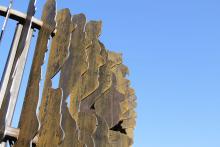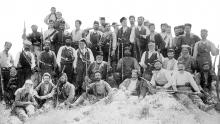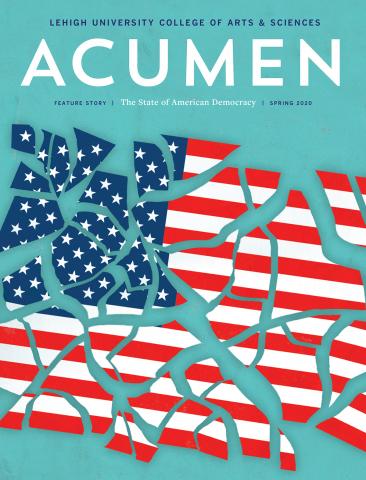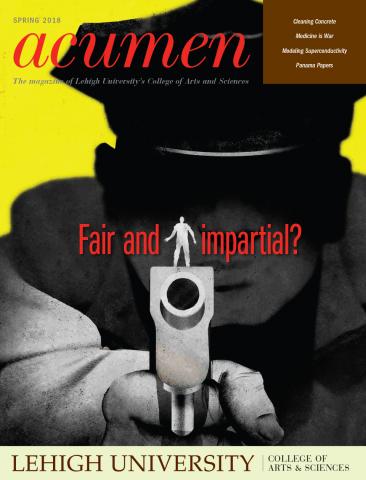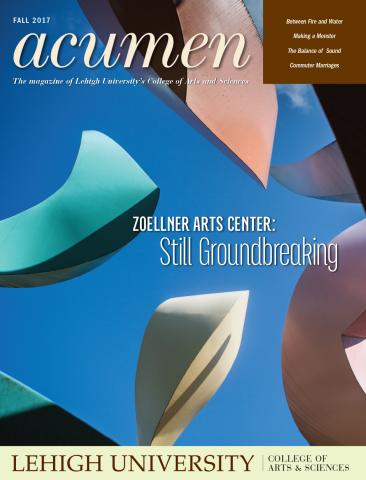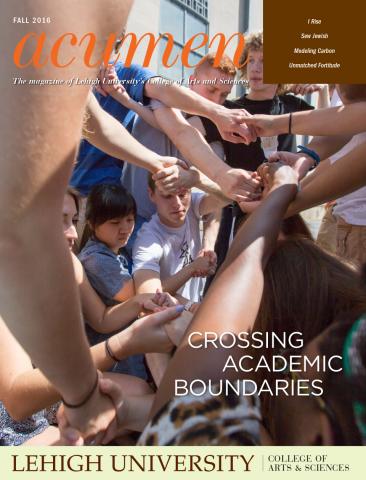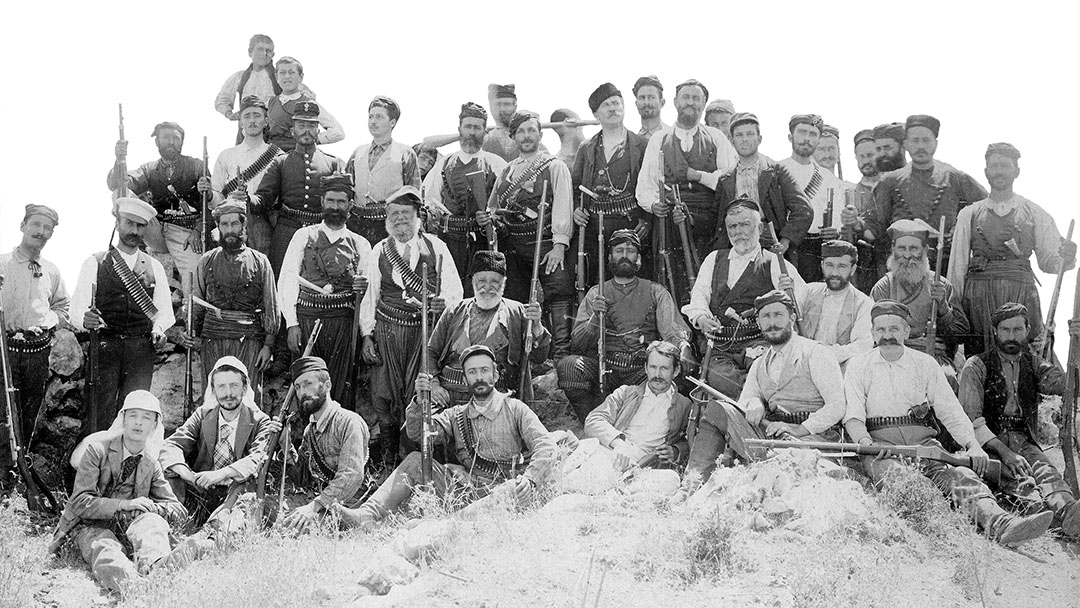
In 1896, fierce clashes erupted on the island of Crete between Greek Orthodox Christians and Muslims. The conflict prompted a mass exodus of the Cretan Muslim community to various locales in the Eastern Mediterranean. The events leading up to this civil war, resulting emigration and its impacts throughout the Ottoman Empire are the focus of research by Uğur Peçe.
The author of a book project titled Island Bonds: The Civil War in Crete and the Rise of Mass Protest in the Ottoman Empire, 1895-1912, Peçe examines how this violent conflict in Crete provoked a European military intervention in the Eastern Mediterranean, uprooted the island’s Muslims and eventually prompted an empire-wide movement of popular protest. This project explores the displacement of the island’s Muslims and traces their forced journeys to the Balkans, Anatolia, Libya and Syria, where they emerged as central actors in a long-lasting movement of political protest and economic boycott between 1908 and 1912.
The accepted scholarship on Crete has generally regarded the violence as a revolt instigated by Greek Orthodox Christian islanders against the Ottoman administration. This narrative generally presents the island’s Christian and Muslim populations as mutually alien groups. Peçe offers an alternative approach by introducing the notion of civil war to examine the conflict. He analyzes the violence as the product of local, imperial and transimperial factors. The vast majority of Cretan Muslims were indigenous Cretans whose families had converted from Christianity to Islam in the mid-17th century after the Ottoman conquest of the island. The Cretan Muslims, for the most part, spoke only Greek and had never been to other parts of the Ottoman Empire.
“In terms of culture, language, food, they were very similar to the majority community of Christians on the island,” says Peçe, assistant professor of history. “The two communities united by a common culture were divided on their visions regarding the administration of the island. This was the major factor that led to civil war. This quickly invited the military intervention of the European powers. Great Britain, Russia, France and Italy occupied the island to end the violence. It’s a local story of a clash between two communities that quickly becomes an international story in which the European powers are involved.”
Peçe argues that this intervention forced migration from the island by Muslims in the wake of the destruction created by the civil war. Many Muslim refugees were left impoverished as their properties were either destroyed or appropriated by their Christian neighbors. The Europeans decided that the only solution to the problem would be the religious “unmixing” of the island, a large Cretan Muslim emigration to other locales in the Ottoman Empire. With no sustainable future on the island, the Muslim population left in great numbers by the end of 1898. Families were resettled in parts of Anatolia and other locations within the empire, including Aleppo, Tripoli, Benghazi and Beirut.
Strict censorship under Sultan Abdulhamid II suppressed the circulation of any news about Crete in the empire. In 1908, Crete emerged as a hotly debated topic in Ottoman press. This was accompanied by unprecedented popular protests that took place throughout the Ottoman Empire, as marchers protested the intervention that had taken place in Crete. The political status of Crete was being debated.
“It you look at Crete’s history, it’s in the spotlight leading up to the start of World War I,” says Peçe. “Crete became part of Greece only with the Balkan Wars, which transformed the map of Southeastern Europe—and only one year after that, WWI started. Crete offers a good example of the tensions that existed throughout the region, got out of hand, spread throughout the region and deepened the nationalistic agitation in the Balkans that eventually erupted into WWI.”


